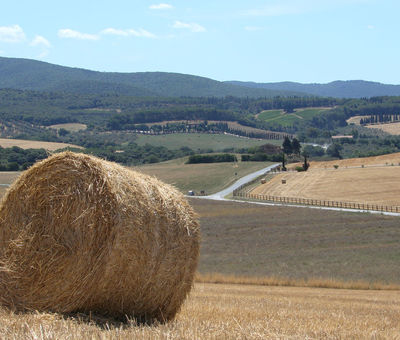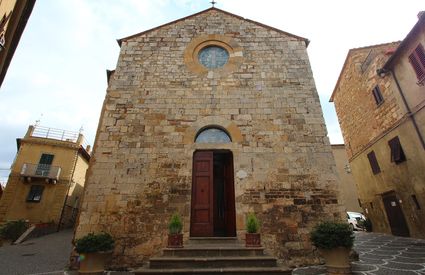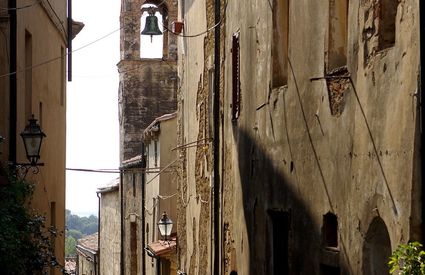Do you want to pretend to be American?
Do you want to pretend to be American while in Italy? Then California is the best place. The village of Bibbona is thus called in homage to the American state on the West Coast. Bibbona was originally composed of fields and peasants. It became "American" in the mid-nineteenth century when a French man of Corsican origin, Leonetto Cipriani, but politically friendly with many in Livorno, decided to baptise his estate in honour of his second home in the States.
Cipriani had an adventurous life. He made a fortune in his
business and had a decent political career, becoming a fervent supporter of
Napoleon, then a partisan in the expedition of the Thousand, as well as
ambassador of the Kingdom of Sardinia in Belmont, a suburb of San Francisco. In
all this he managed to cultivate strong
ties with the Livornese where he invested in land and property. When he was
in Italy, naturally he always spoke of the American continent, captivating all
with his stories from the New World. Because of this, the entire area adopted
the name of his farm in Bibbona which he had called California. Even today, when the US presidential elections are
underway, the inhabitants joke about their own elections and send the results
to the Florence consulate. The ‘fake’ voting operations were even taken up by
an American TV station intrigued by the curious twinning.





